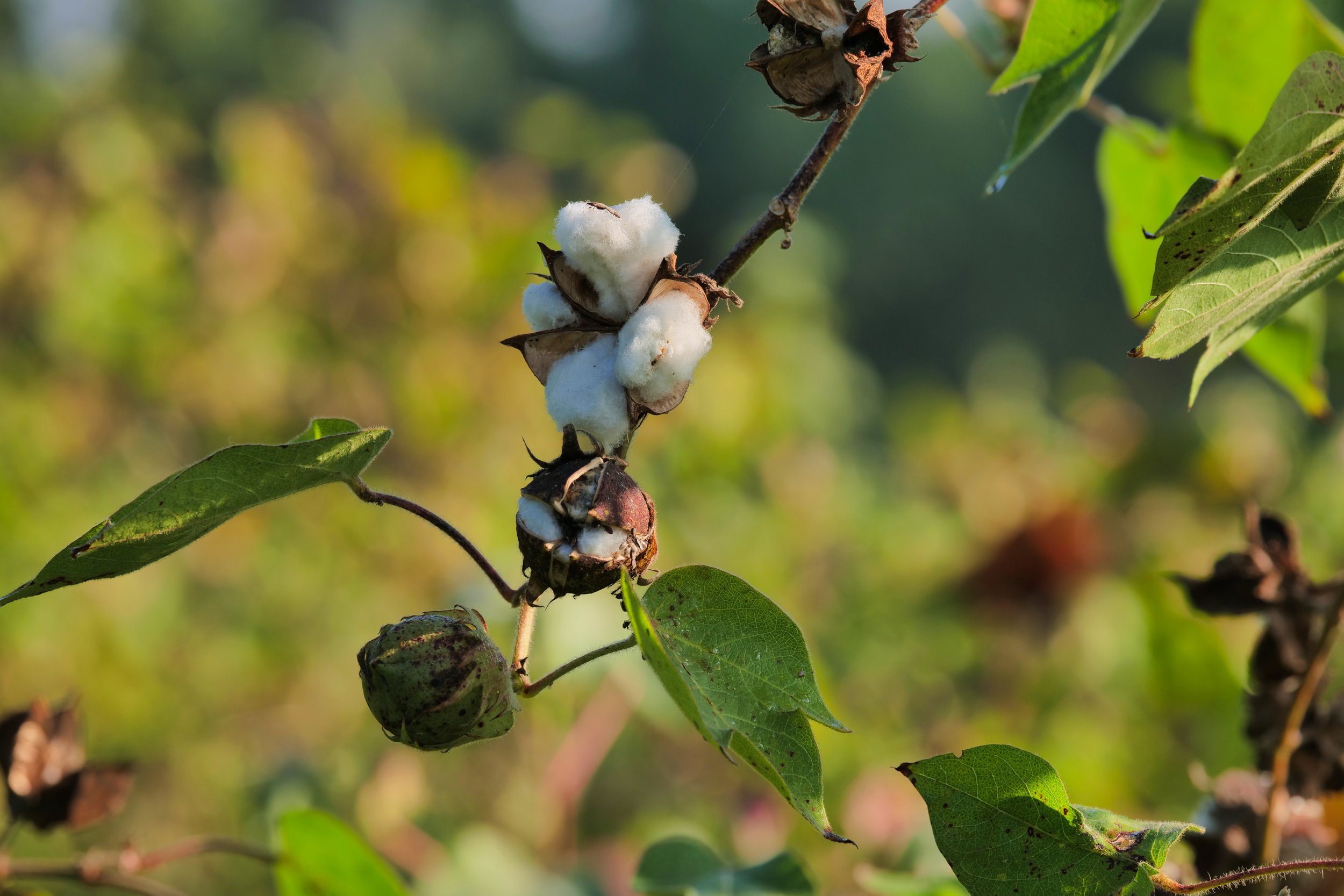CottonConnect pilots Regenerative Agriculture and Carbon Sequestration practices with organic cotton farmers in India
Regenerative agriculture is a system of farming principles and practices that seeks to rehabilitate and enhance the entire ecosystem of the farm by placing priority on soil health, water management, fertilizer use, and more. It is a method of farming that improves the resources it uses, rather than destroying or depleting them.
Many of the sustainable agricultural practices that CottonConnect promotes through its REEL Cotton and Organic programmes already support regenerative agriculture, such as intercropping and crop rotation, use of bio-compost, farmyard manure, homemade bio-pesticides, producing own seeds, and water saving techniques.
To further investigate the benefit and opportunities for regenerative agriculture in cotton farming, for the 2020/2021 growing season, CottonConnect started a Regenerative Agriculture and Carbon Sequestration Pilot Project with 100 organic farmers in Madhya Pradesh, India.
The farmers receive training in groups of five to ten, in three villages throughout the project area, via a local partner trained by CottonConnect. Each farmer has their own compost bed and is trained on making compost, green manure and mulching. Farmers are trained to follow regenerative practices such as minimal or no-tillage, agroforestry, silvopasture, cover cropping and rotational grazing. Farmers practice animal husbandry and are trained to let their cattle graze on the farmland.
According to regenerative practices, farmers will grow seven different type of crops on the field during the year, and GMO free seed is being promoted for a regenerative cotton crop. Border cropping and intercropping, already part of CottonConnect’s programmes, are included in the pilot.
Some of the practices are in fact ancestral farming practices which appeals to the farmers. However, some practices such as cover cropping and rotational grazing, are not very common among these farmers and can be difficult to implement.
For the carbon sequestration element of the pilot, CottonConnect worked with Tamil Nadu Agricultural University to identify the most suitable plants for maximum carbon sequestration in the project location. In total, 2,200 plants were produced and sown around the farmers’ houses and community area. The aim is to increase the soil organic carbon over a period of time. Comparison of the soil with control soil tests will identify improvements in soil texture and composition.
“Early learnings from the pilot show regenerative agriculture is very good for soil health, water management, and longer-term for farmers’ financial health. The project aims to deliver measurable and scalable outcomes in terms of biodiversity and climate, which also support rural livelihoods,” said Hardeep Desai, Head of Farm Operations, CottonConnect.
CottonConnect will incorporate the learnings into its programmes, offering new approaches to raw material production and sourcing by global brands.
































